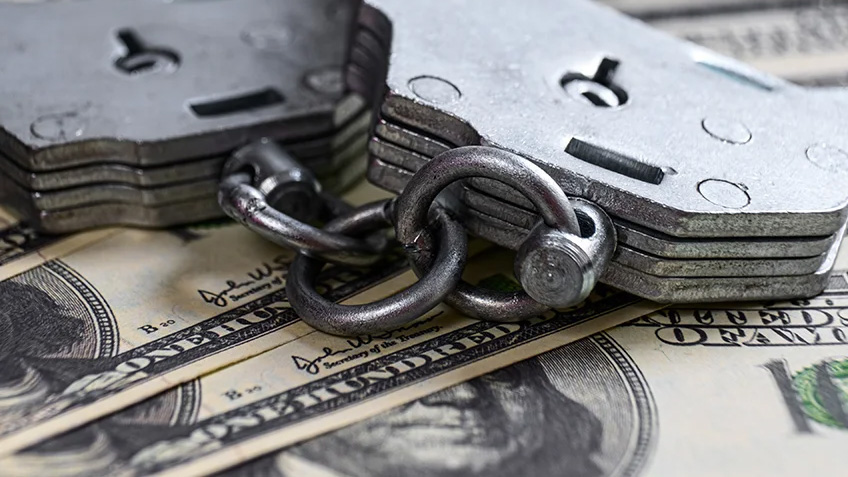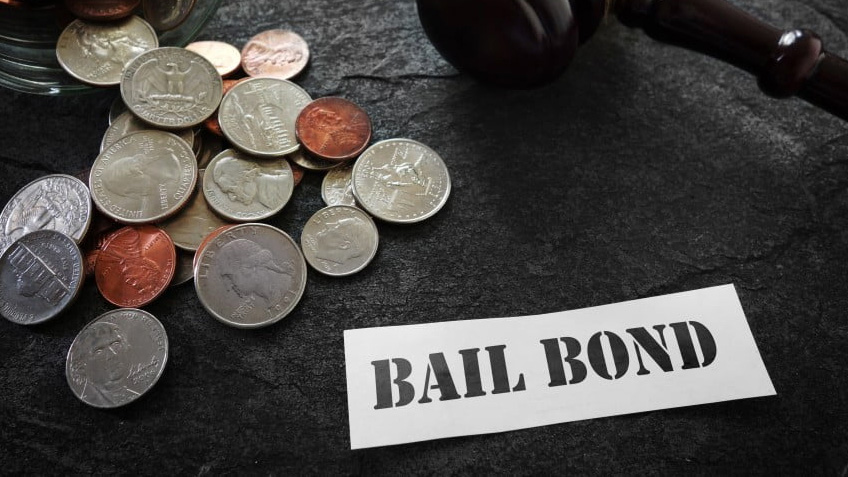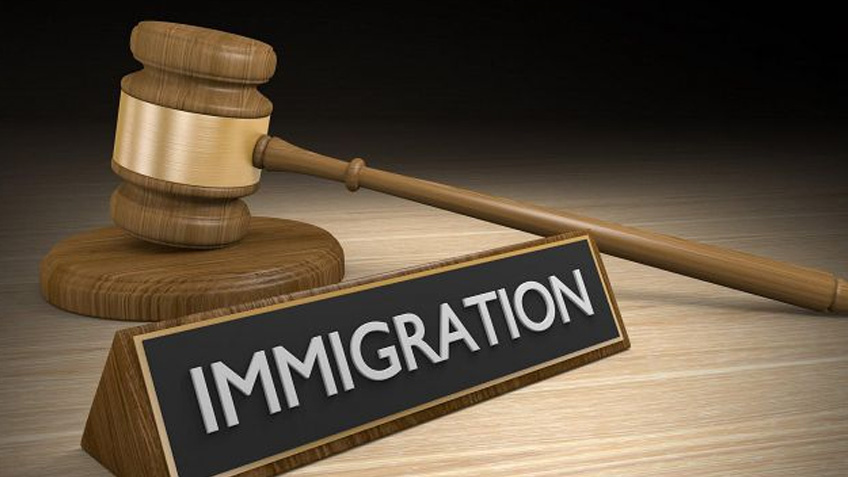1. What is Bail
Bail is a big part of the justice system, it’s a way to release people charged with crimes before their court dates. The purpose of bail is to ensure defendants show up for trial and give them some freedom in the meantime. Bail can be broken down into two main types: secured bail and unsecured bail. Knowing the difference between the two is important as each has different requirements, risks and financial implications. This will cover both in detail and compare secured and unsecured bail so you can make an informed decision.
2. Secured Bail
Secured bail requires the defendant or a third party to put up collateral as a condition of release. This can be cash bail or a property bond. By putting up collateral the court gets a financial guarantee which can be seized if the defendant doesn’t show up in court. Examples of secured bail are putting up cash or property, it’s a higher level of accountability for the defendant to follow court orders.
This type of bail is considered reliable because it minimizes the financial risk to the court and encourages court attendance. However secured bail can be a challenge for those who can’t provide the funds or assets. To help with this many people turn to services like JC Bail Bonds which offer Secured Bail Bondsman Durham Services for those who need help with bail payments. JC Bail cash only Bondsman makes the bail process easier and more manageable for those who would otherwise struggle with the financial requirements of secured bail.
3. Unsecured Bail
Unsecured bail is a type of release that doesn’t require upfront payment or collateral from the defendant. Instead the defendant is released based on a promise to show up for their court date. If the defendant doesn’t show up they may face a financial penalty or even criminal charges but no payment is required at the time of release. This system relies on the court’s trust in the defendant’s compliance without the need for financial guarantees.
Unsecured bail is given to those considered low risk, meaning they’re unlikely to flee or miss court dates. While unsecured bail is a more accessible option for those with limited financial means it also poses risks to the judicial system. If a defendant doesn’t show up for court the financial penalty may not be as strong an incentive as a secured bail arrangement would.
4. Secured vs Unsecured Bail Differences
When comparing secured vs unsecured bail several key differences emerge, particularly on cost, requirements and liability. In a secured bail arrangement the defendant or their family must put up collateral upfront, in unsecured bail there’s no payment required at the time of release. Unsecured bail relies on trust and has penalties only if the defendant doesn’t show up in court.
Secured bail is usually used when the court thinks the defendant will not show up for their hearing, the collateral is a deterrent. Unsecured bail is used for low risk cases with fewer financial barriers for the defendant. Secured and unsecured bail are two extremes of a spectrum, financial liability and accountability in different ways.
5. Bail Factors
Bail is decided by many factors, the ultimate goal is to balance the defendant’s rights with public safety. The court looks at each case individually, at criminal history, flight risk and community ties. If a defendant has a prior record or is a flight risk they will usually be assigned a secured bail to ensure compliance.
The defendant’s financial situation is also a consideration in determining the type of bail. For example if a person can’t afford a secured bail the court may grant unsecured bail as a reasonable alternative. This risk based assessment ensures defendants are treated fairly and the court still has control over pre-trial compliance.
6. Secured vs Unsecured Bail Pros and Cons
Each type of bail has its advantages and disadvantages, for the defendant and the judicial system. Secured bail has the advantage of financial accountability, as it requires collateral that the court can take if the defendant doesn’t comply. This also reduces risk for the court as the defendant has a financial incentive to attend all required court appearances. But the main disadvantage of secured bail is the financial burden it puts on the defendant especially those without access to funds or assets.
On the other hand unsecured bail is more accessible as it doesn’t require upfront payment. This allows defendants especially those with limited financial means to be free before their trial. But unsecured bail poses higher risk to the judicial system if a defendant doesn’t comply as the penalties may not be effective in deterring non-compliance.
7. Conclusion: Choose the Right Bail
Choosing the right bail is important for both the defendant and the judicial system. Secured bail offers security and accountability, unsecured bail offers more accessibility but with added risk. Each case is unique and it’s often best to consult a lawyer when considering bail options. Consulting professionals like JC Bail Bonds can also guide you on what type of bail is best for your situation, risk, cost and compliance.
Need help with secured bail? JC Bail Bonds has got you covered, we help alleviate the financial burden with our Secured Bail Bondsman Services. Defendents and their loved ones can now navigate the bail process easier and have the resources to get out of jail fast and compliant.



